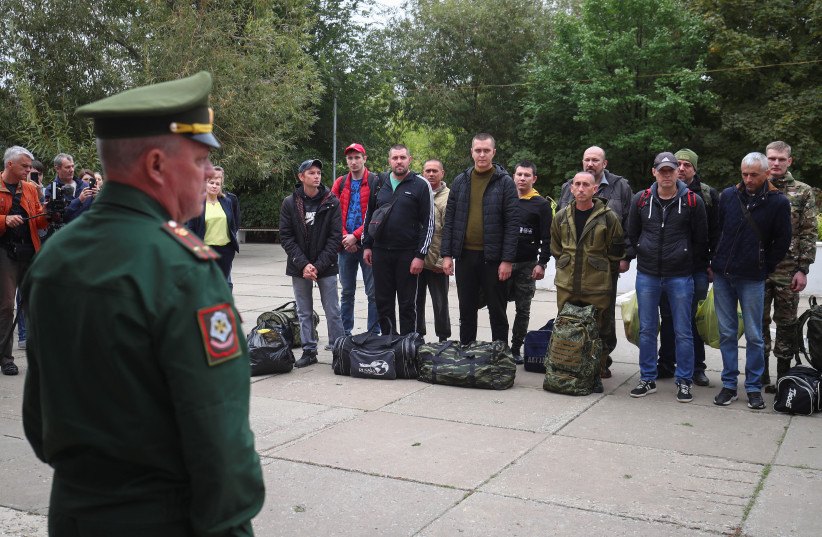Two Russian nationals landed at a beach on Alaska's St. Lawrence Island in the Bering Strait and requested asylum in the US, the offices of US Senators Lisa Murkowski and Dan Sullivan announced on Thursday evening.
The two refugees landed at a beach near Gambell, an isolated community on the northwestern part of St. Lawrence Island. Gambell is located about 46 miles (75 kilometers) from the closest Russian community across the Strait.
“We are actively engaged with federal officials and residents in Gambell to determine who these individuals are, but right now, we already know that the federal response was lacking," said Murkowski. "Only local officials and state law enforcement had the capability to immediately respond to the asylum seekers, while Customs and Border Protection had to dispatch a Coast Guard aircraft from over 750 miles away to get on scene."
“This situation underscores the need for a stronger security posture in America’s Arctic, which I have championed throughout my time in the Senate.”
Sullivan stated that he was encouraged the Department of Homeland Security and Customs and Border Protection to be ready with the Coast Guard in case more Russians flee through the Bering Strait to Alaska.

“This incident makes two things clear: First, the Russian people don’t want to fight Putin’s war of aggression against Ukraine. Second, given Alaska’s proximity to Russia, our state has a vital role to play in securing America’s national security. This is why Senator Murkowski and I have been pressing officials in Washington DC so hard on the need to prioritize capabilities in the Arctic -- including infrastructure, Coast Guard assets, ports and strategic defense assets,” said Sullivan.
Russians continue to flee Putin's partial mobilization
The incident comes as Russians continue to flee from Russia after Russian President Vladimir Putin declared a partial mobilization and began recruiting civilians from across the country to serve in the continuing invasion of Ukraine.
Shortly after the announcement was made, long lines of cars and people on foot trying to get out of Russia built up at border crossings.
In July, Chairman of the Russian State Duma Vyacheslav Volodin warned that Russia could demand Alaska back if the US continued seizing Russian resources.
"Decency is not a weakness. We always have something a response. Let America always remember that there is part of its territory, Alaska. When they start trying to dispose of our resources abroad, before doing so, let them think that we also have something to claim back," said Volodin.
Russia colonized Alaska in the late 1700s but sold the territory to the US in 1867.
